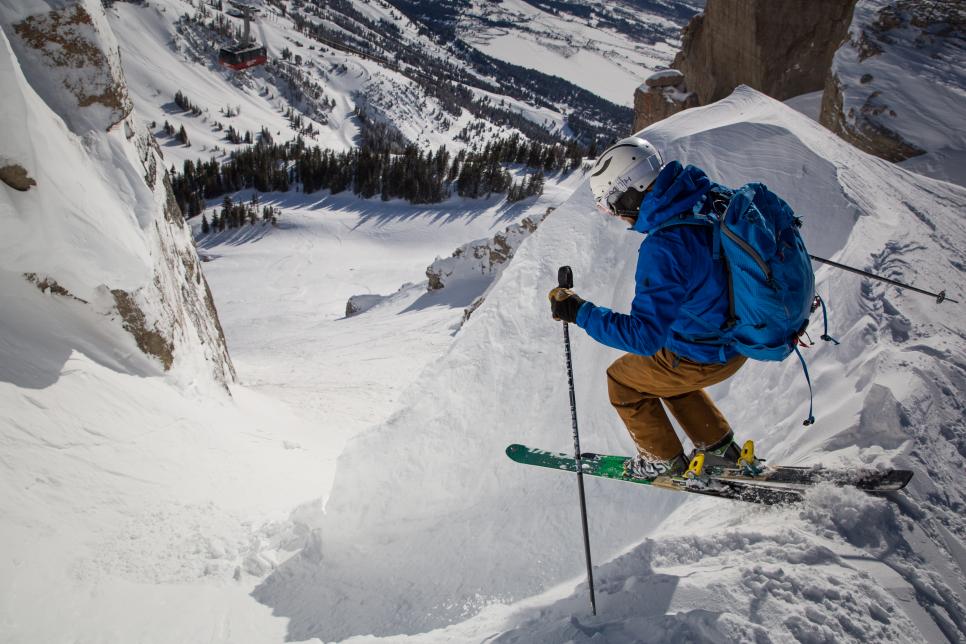Extreme skiing, often known as “big mountain skiing” or “free skiing,” entails descending steep, dangerous slopes with at least a 45-degree drop. A lot of the time, the run is a “make it up as you go” course of previously untouched powder. Skiers must make split-second judgments throughout the run to avoid colliding with a tree, a rock, or falling off the side of the mountain (unless they’re aiming to ski down the side of the mountain).
For many individuals, “extreme skiing” refers to any adrenaline-pumping type of skiing. It should be highlighted that the phrase relates solely to steep-hill skiing when used correctly. However, as the practitioners of that sport have taken on newer and more difficult challenges (such as using wingsuits or airfoils to catch superhuman air at ridiculous speeds), they have expanded the generic meaning of extreme skiing without breaking it, because the evolving hybrid forms often still include a steep-slope element.
Some Techniques For A Better Experience
Extreme skiing comes in a variety of styles, each with its unique set of techniques. Ski-BASE jumpers, for example, must get far enough away from the leaping surface to avoid being swept back into it when their parachute opens. Snow kiters must learn to steer their massive wind foils using a handlebar similar to that of a bicycle. Collapsible poles are used in ski gliders and can be packed up once the hang glider is in flight.
Long-jumping extreme skiers take technique from ski jumpers and glide through the air with their skis forming a “V,” boosting the jumper’s height and distance.
The extreme skier’s ability to read the snow is also crucial to a successful run. Snow conditions might change not only from one day to the next, but also from one hour to the next. Some severe skiers like new powder, while others prefer a sturdy base beneath a softer surface, which springtime snow provides more frequently.

Safety First
Despite the fact that extreme skiers are a different species than your average double-black-diamond skier, they must follow many of the same basic safety procedures, as well as a few more.
Avalanche danger exists at all times, and it is a leading cause of fatality for skiers worldwide. When taking off from off-the-beaten-path cliffs and ledges and landing hard and fast on improvised landing strips, the risk is multiplied. Extreme skiers should always wear transponders so that rescuers can find them in the event of an avalanche, and GPS devices are required for any extreme skier venturing off the main path. Avalanche-specific training is also always a good idea. ‘Helmet’ Is Definitely Required Before You Go.

Of course, you shouldn’t try any extreme skiing until you’ve learned the basic technique. Don’t rush things and don’t get impatient. You’ll also need to familiarize yourself with the terrain you’ll be blasting your body down. Plan ahead of time and constantly keep an eye on the weather forecast. And skiing with a companion who can assist or call for aid if something goes wrong is one of the best safety precautions an extreme skier can take.
Also Read : “Polo ,the romance King of all games”.



